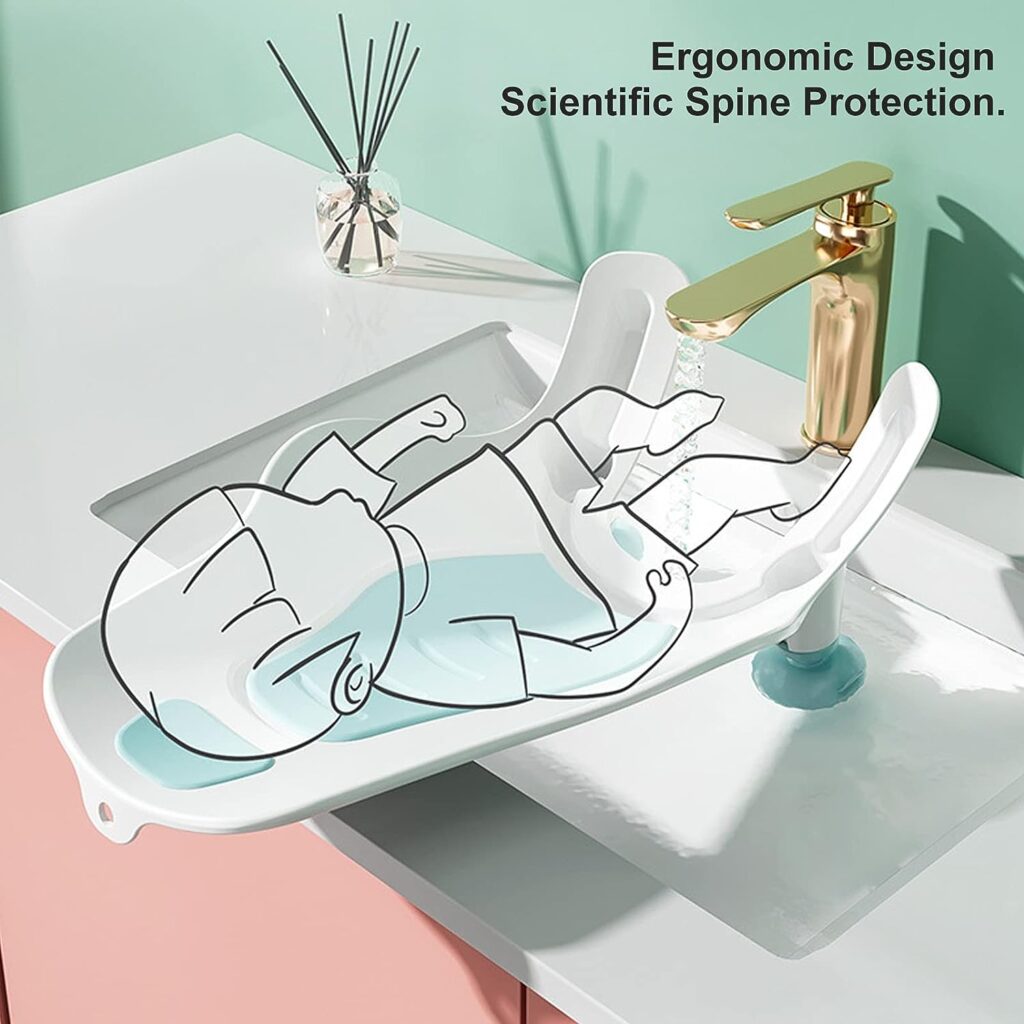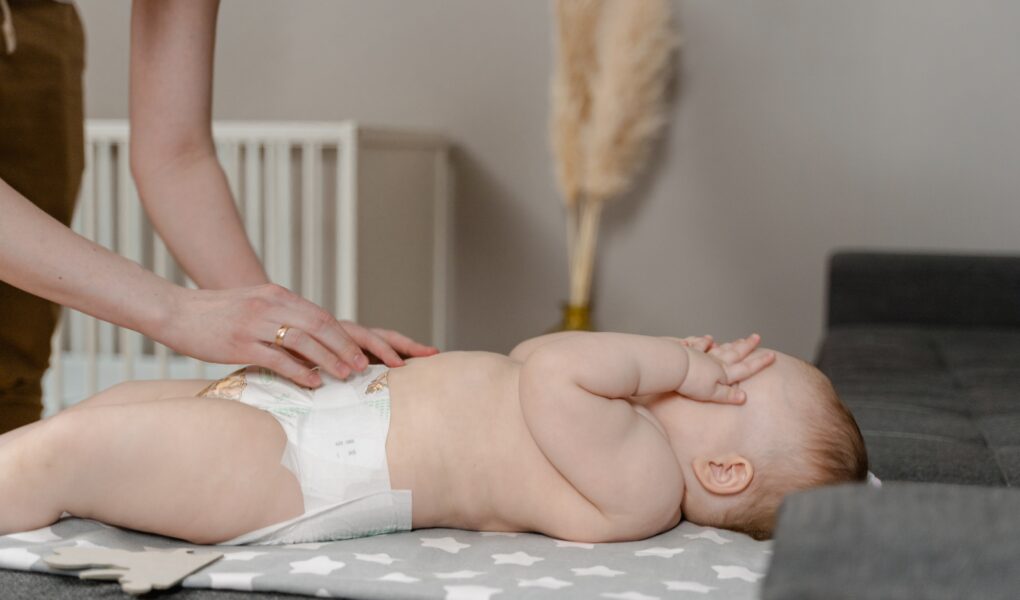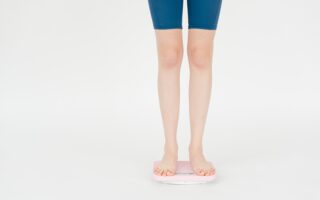Hello, new moms! Diaper changing time is an opportunity not just for cleanliness, but also for creating a bond with your precious little one. One aspect of diaper changing that might require some extra attention is rinsing. Whether it’s for a quick refresh or a gentle cleanse, learning how to rinse your baby effectively can make diaper changes even more enjoyable. In this blog post, we’ll walk you through the art of rinsing during diaper changing in a friendly and approachable manner.

Why Rinsing Matters
Rinsing during diaper changing can serve several purposes:
- Hygiene Boost: Rinsing can help ensure your baby’s sensitive areas are clean and fresh, promoting overall hygiene.
- Extra Comfort: Warm water rinsing can provide your baby with a soothing and comfortable experience.
- Diaper Rash Prevention: Rinsing is particularly beneficial if your baby has diaper rash, as it helps in gentle cleaning without causing further irritation.
When it comes to keeping your baby clean and comfortable, finding the right balance is key. While it’s generally recommended to give your baby 2-3 baths per week to maintain their delicate skin’s natural moisture, it’s important to remember that daily washing of your baby’s bottom is essential. Daily cleansing of the diaper area helps prevent irritation and keeps bacteria at bay, contributing to overall hygiene. So, while you don’t need to give your baby a full bath every day, incorporating a gentle cleansing routine for the diaper area during each diaper change ensures your baby’s comfort and well-being.
Step-by-Step Guide to Gentle Rinsing
Multifunction Portable Baby Bather is a fantastic help. Its thoughtful design ensures that washing your baby’s delicate bottom becomes a breeze, contributing to their hygiene while enhancing your overall baby care experience. From its easy-to-clean materials to its compact portability, this product is truly a fantastic help for busy new moms, offering the flexibility and functionality you need to make each diaper change a stress-free and enjoyable moment.
Follow these simple steps to master the art of gentle rinsing during diaper changing:
- Prepare Warm Water:
- Fill a bowl or basin with warm (not hot) water. Test the water temperature on your own skin to ensure it’s comfortable.
- Gather Soft Washcloths:
- Keep soft and clean washcloths designated for rinsing nearby. You can also opt for pre-moistened baby wipes.
- Lift and Position:
- Gently lift your baby’s legs, ensuring their head and upper body are well-supported.
- Wipe and Rinse:
- Gentle Rinsing:
- Dip a clean washcloth in the warm water and gently squeeze out excess water. Gently wipe the diaper area to rinse.
- Pat Dry:
- Pat the rinsed area gently with a soft, dry washcloth or let it air dry for a moment.
- Apply Cream (if needed):
- If your baby tends to develop diaper rash, apply a thin layer of diaper cream after rinsing and drying.
- Secure Clean Diaper:
- Place a fresh, clean diaper under your baby and fasten it securely.
- Dispose and Hand Hygiene:
- Dispose of the soiled diaper properly, and don’t forget to wash your hands thoroughly after diaper changing.
Tips for Successful Rinsing
- Use Lukewarm Water: Ensure the water is comfortably warm, not too hot or too cold.
- Check for Sensitivity: Observe your baby’s reaction to rinsing. Some babies might be more sensitive to the sensation than others.
- Be Patient: Take your time and be gentle during rinsing. Your calm and soothing approach will keep your baby at ease.
Conclusion
Learning the art of gentle rinsing during diaper changing is a wonderful way to enhance your baby’s comfort and hygiene. This nurturing act not only keeps your baby clean but also reinforces the loving bond between you two. As you master these steps, you’ll find that diaper changing becomes a special time for connection and care.
Enjoy the journey, new moms! You’re doing an incredible job of providing your little one with the best possible start in life.
Disclaimer: The information provided in this blog post is for general informational purposes only and should not be considered a substitute for professional medical advice. Always consult with your pediatrician for personalized guidance on baby care.




